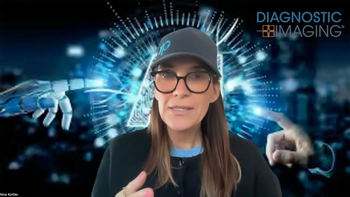
Patient Photos Help Detect Radiograph Label Errors
Attaching patient photos to radiographs helps increase label detection errors without adding to time for interpretation.
Adding patient photographs to radiographs increases the detection of labeling errors without adding to the time it takes to interpret the images, according to a study published in the
Researchers used chest X-rays and facial photographs from 34 patients to determine if providing these photos would affect the rate that labeling errors were detected.
“X-rays can look alike, and if one patient’s images are confused with another before the radiologist sees them, it can be difficult for the radiologist to determine there is a mismatch,” study author Srini Tridandapani, MD, said in a release. Tridandapani is an assistant professor at Emory University.
Eighty-eight pairs of chest radiographs (one recent and one prior) were generated, compiled into a set of 20 pairs that purposely included mismatches. Ten blinded radiograph readers were given a first set of 20 pairs of images for interpretation, followed by second set that contained mismatches and had patient photos attached to each pair. The readers were not told why the photos were attached to the files.
The researchers recorded the detection rate and time for interpretation for both sessions. The results showed that the error detection rates without photos were 12.5 percent, with an interpretation time of 35.73 minutes. With photos, the error detection rate rose significantly to 64 percent and the interpretation time was 25.51 minutes.
The study did require that additional personnel take the photos. However, Tridandapani and his colleagues have developed a prototype system that attaches the camera to a portable X-ray machine, eliminating the need for additional personnel.
These findings could improve patient safety without adding to interpretation time, the authors concluded.
Newsletter
Stay at the forefront of radiology with the Diagnostic Imaging newsletter, delivering the latest news, clinical insights, and imaging advancements for today’s radiologists.




























